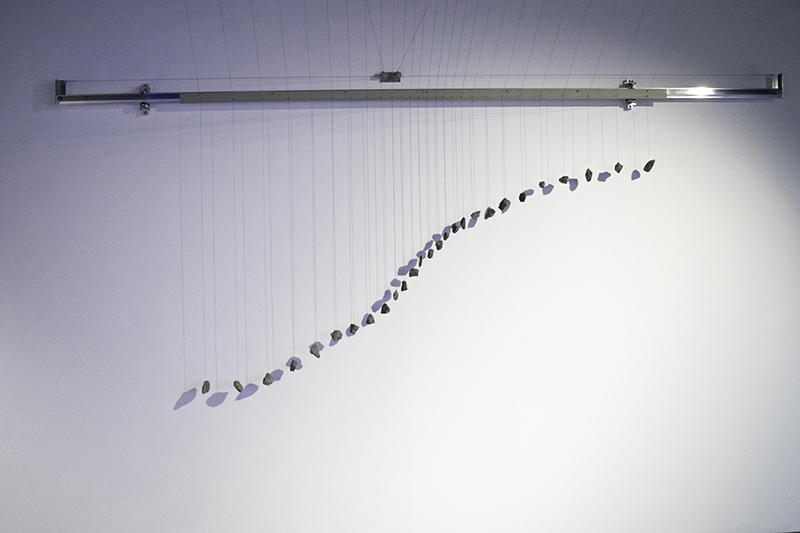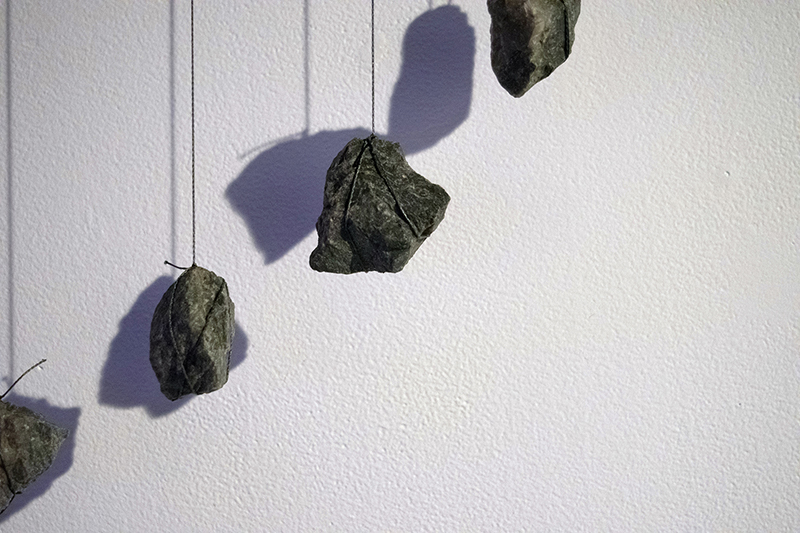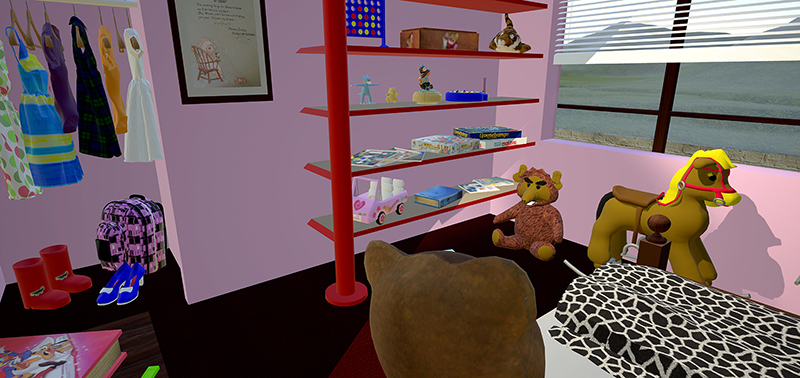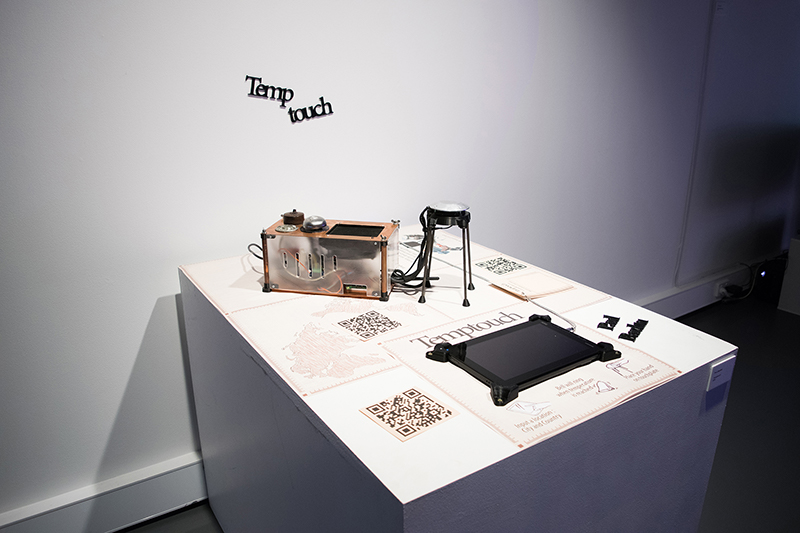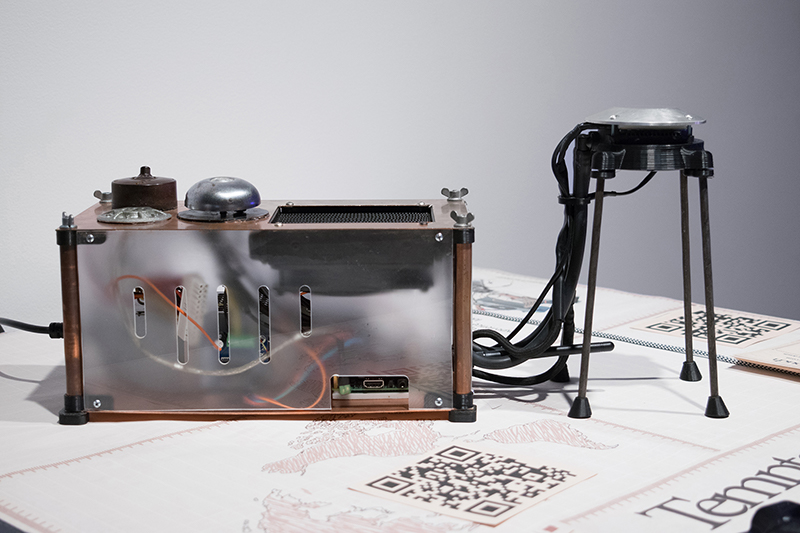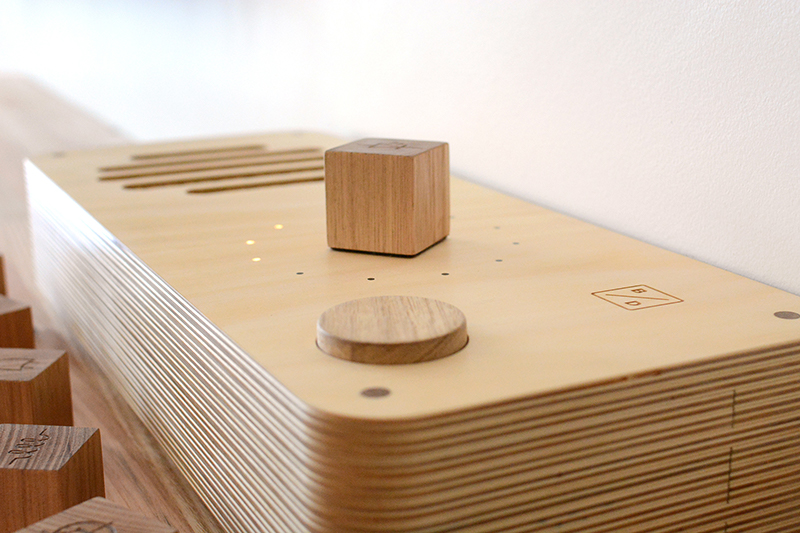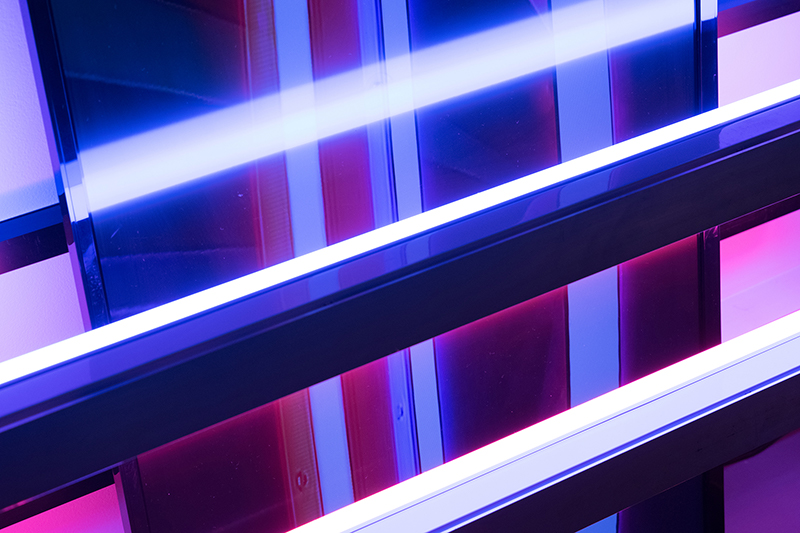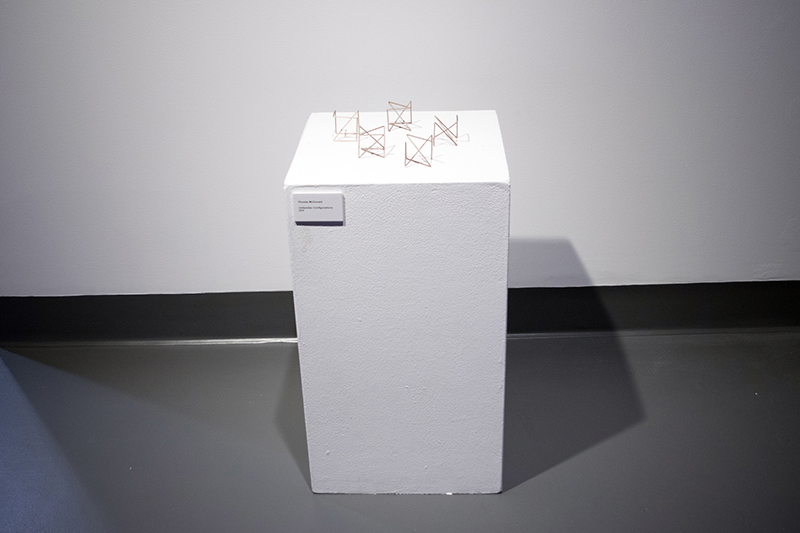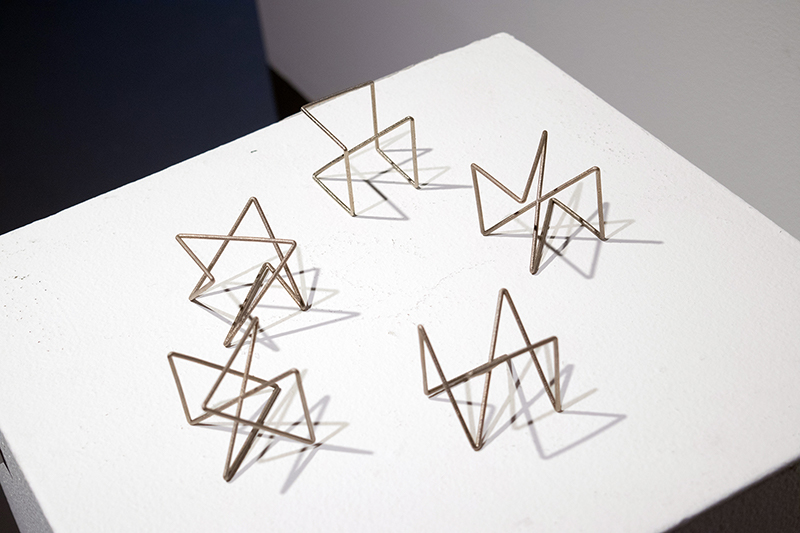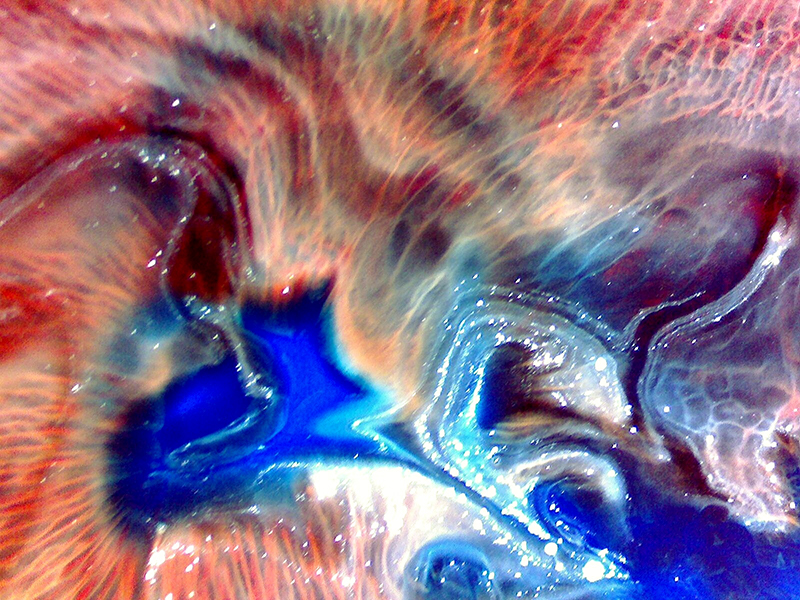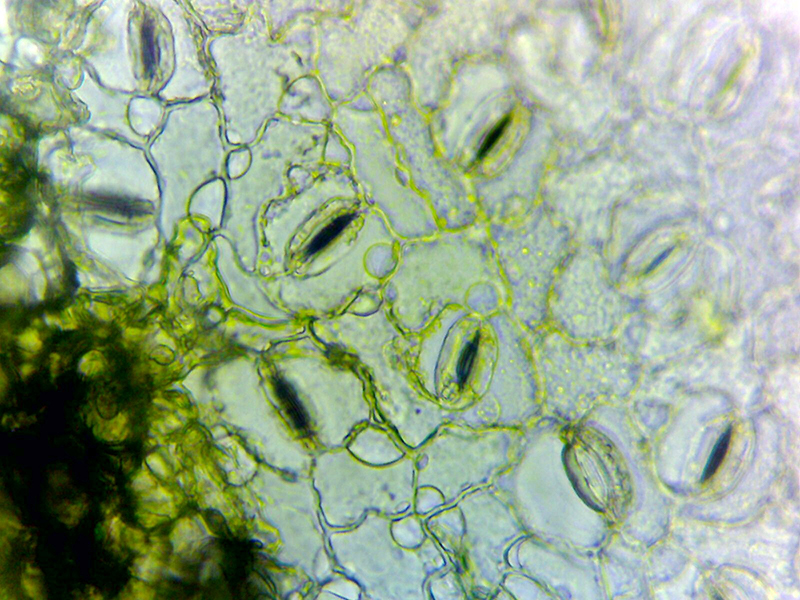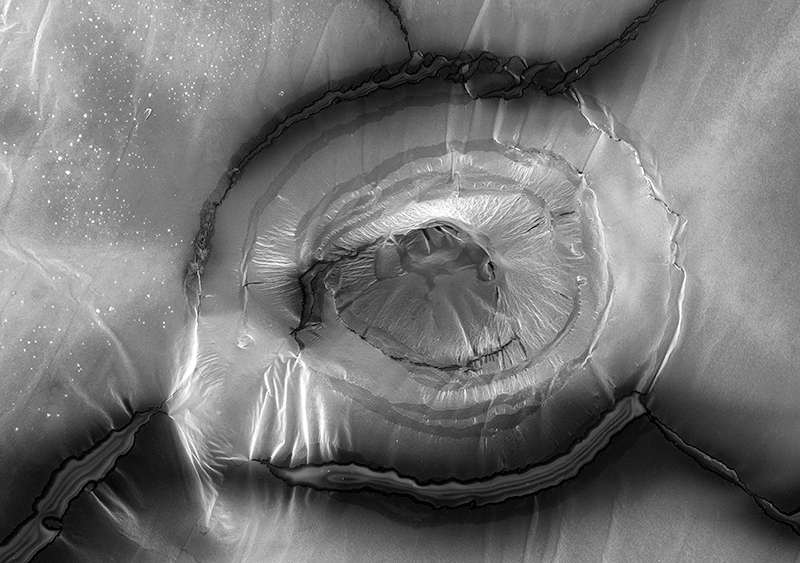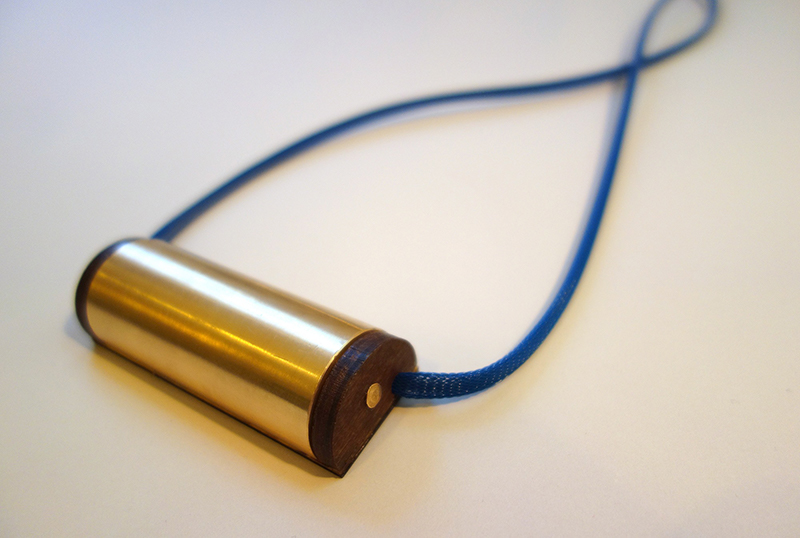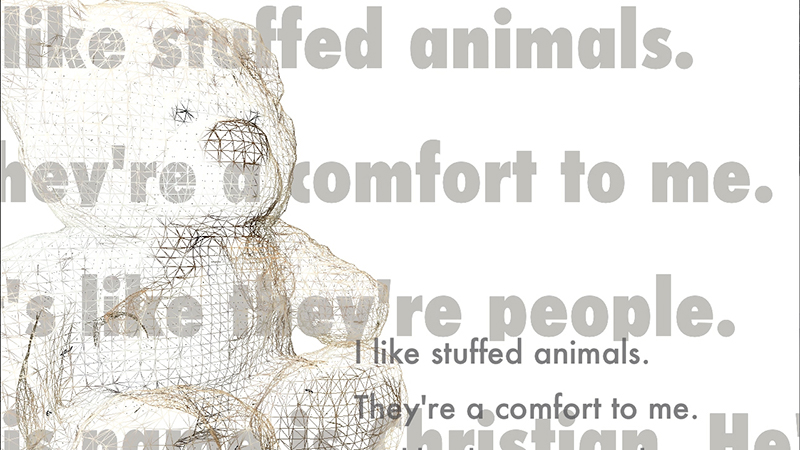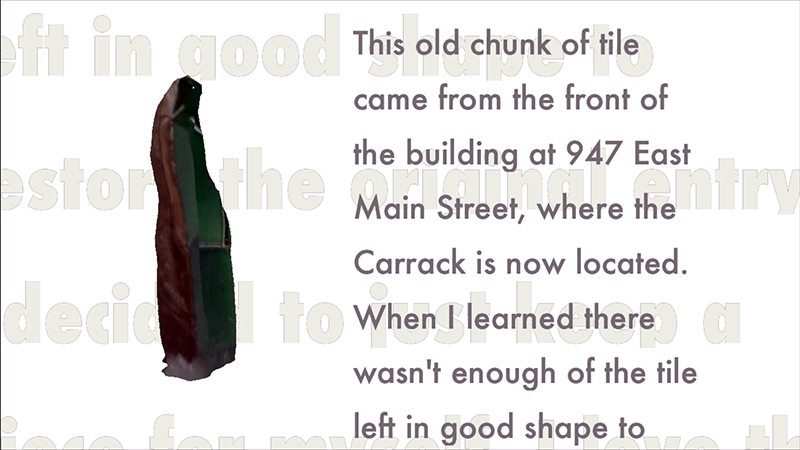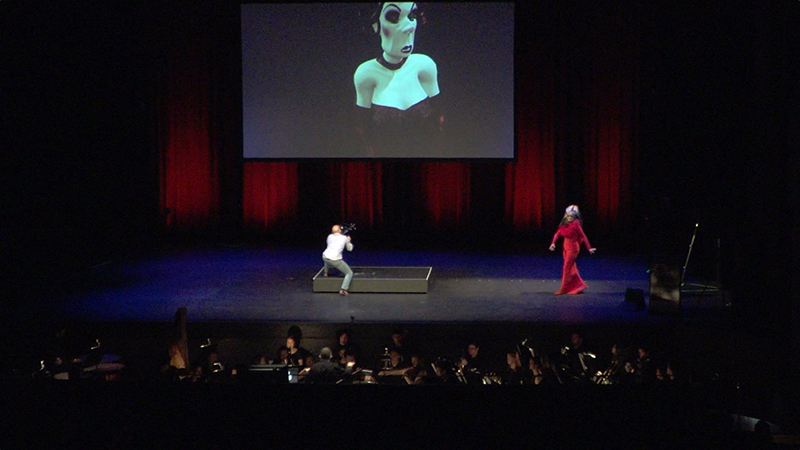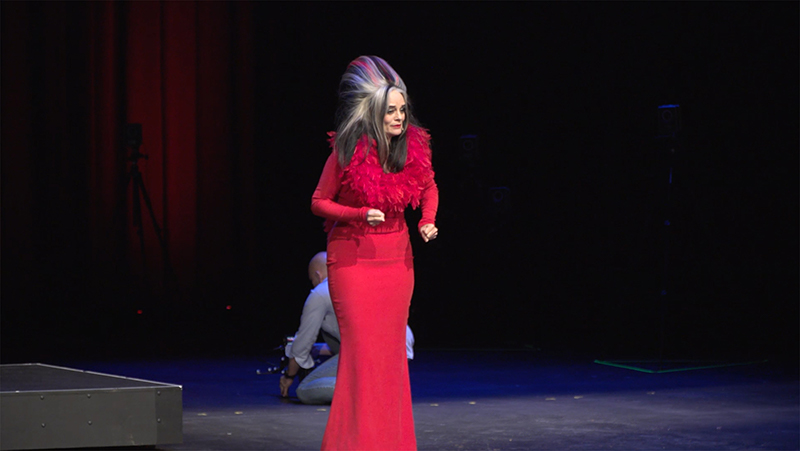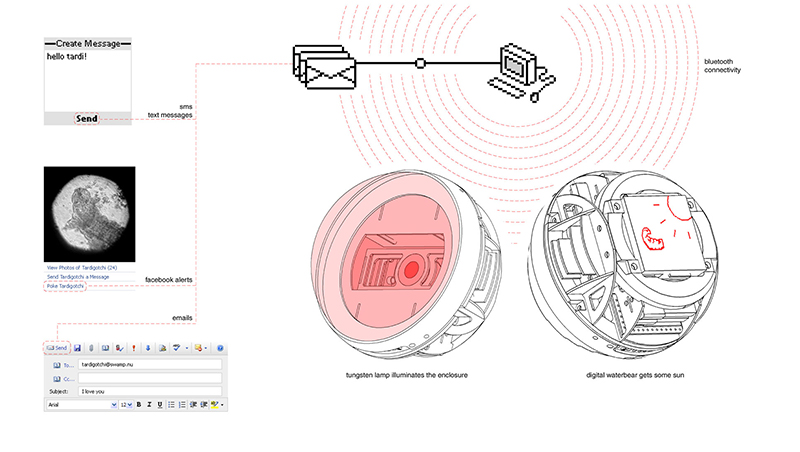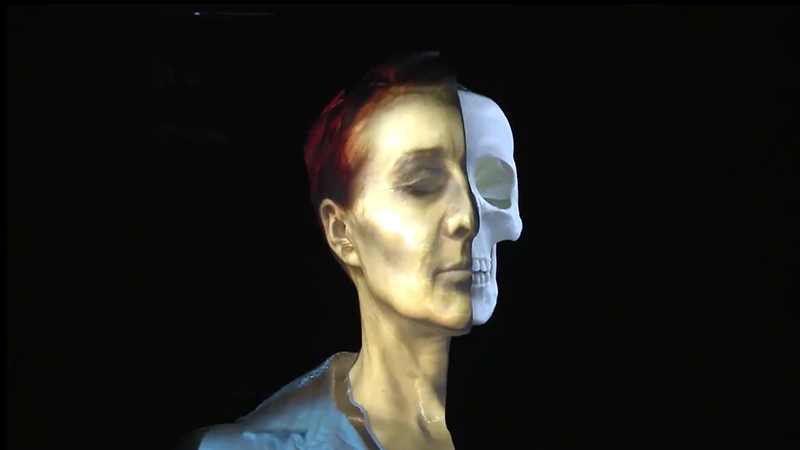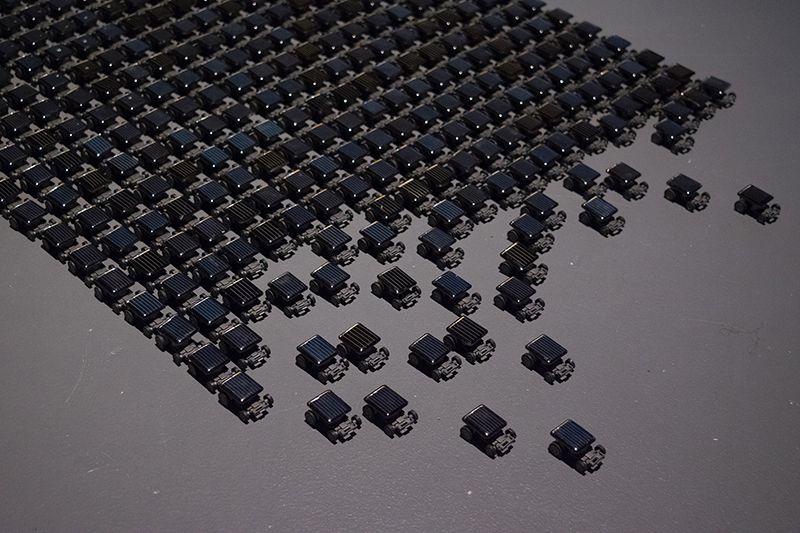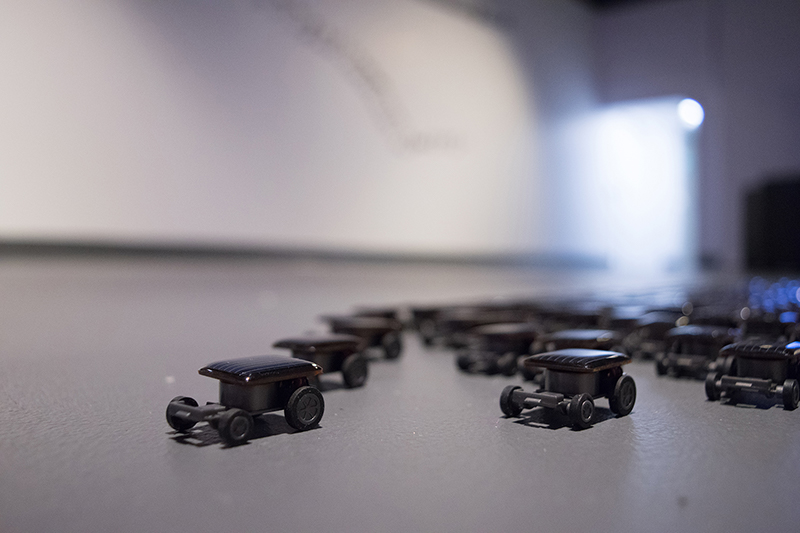Curator's Statement
The Creativity of Things was the conference exhibition for CreateWorld 2016, which was organised around the theme of the same name. Taking our cue from the Internet of Things, our goal was to highlight the many, various ways that contemporary creative practitioners—artists, designers, filmmakers—are bringing digital tools into physical experience.
For this exhibition I took as my guiding idea that contemporary "interactive" work is not about any specific technology, or even whether a work is immediately interactive or not; rather it's concerned with extended presence, the way in which humans move their awareness into the physical world in ways that allow the physical world to move into us. Contemporary digital tools make this possible in a way that has never been seen before, and for a much wider segment of human agents, but the work in this area pulls on a long history of creative toolmaking and use.
In collecting this work I had in mind several different strategies inherent in the tools created by artists and designers to interact with the physical and social world. These strategies are by no means mutually exclusive, or even comprehensive, but they can make some convenient categories to start thinking about how these projects are acting in their contexts.
The expressiveness of systems is perhaps the most famous use of digital tools and concepts in an artistic context. In The Creativity of Things, Phoebe MacDonald's delicate cubes, digitally created and manufactured, are the purest expression of this tack, echoing Sol LeWitt's systematic production. The system in Ross Manning's Bricks and Blocks is that of optical technology; it is an exercise in electricity watching itself, in an assembly of fluorescent tubes, mirror, camera, and television. Roland Graf's tiny solar cars are modules in a generative performance that users create for themselves, using the cars' sole desire to escape the sunlight that makes them move. To all of these explorations of system, Robert Andrew's machine-generated artwork adds history as material; historical documents from his family history are turned into wave patterns, drawn by rocks along the wall.
An extended sensorium expands the physical capacities of the individual human into the realms of the unseen and the intangible. This is what the telescope and the microscope do; this is what recorded sound does. Anastasia Tyurina's photo series Waterworks is the most direct expression of the impulse to see the unseen, using a electromicroscopy to photograph water droplets from Brisbane's waterways. Svetlana Trefilova took the additional step of injecting coloured water into plants; her videos track the movement of water through the plants as a kind of abstract painting. In contrast, Troy Baverstock's design object BD6touch re-imagines a very familiar non-tangible experience, listening to music, as a compelling physical experience.
Distributed presence extends not just the senses, but subjective being itself. Digital tools allow the artist to do this both literally and imaginatively, in active metaphor. Jenna Baker's VR interface recreates a childhood home, entirely from memory—a "realistic" reproduction of a place that no longer exists, and perhaps never quite did. Louise Harvey's virtual/physical performance Brutal Chassis extends artifice and identity into new realms. Jane Prophet uses digital scans of the inside and outside of her head to meditate on the ephemerality of life, in line with a long tradition of mementos mori. Paul Bardini's assemblage allows users to feel the current temperature anywhere in the world, a direct phenomenological experience removed from the data forms we are used to navigating.
Finally, several of these projects use physical experience to re-materialize the impulses behind social media, personal connection through objects. Sophia Breuckner's Empathy Amulet connects remote users through the sensation of body temperature—echoing Bardini's project, but the connection is between human bodies. Chris Cassidy's Golden Belt project is a prototype in local history and participation, suggesting a new way to "archive" story-laden objects without removing them from life. And Matt Kenyon's Tardigotchi lets the lucky user interact with a "virtual" pet—a tiny physical being, too small to be apparent to the viewer but with technology-assisted empathetic imagination.
Several of these projects were represented in the exhibition as video documentation—a fitting use of digital technology to extend presence. It was a pleasure for me as curator to be able to bring together work from around the world that is in dialogue with each other, and with the visitors to the CreateWorld conference. In all, these works and their overlapping concerns and objectives built a picture of a vibrant and important area of work, in which the real investigation has only just begun.
Seth Ellis
Queensland College of Art
